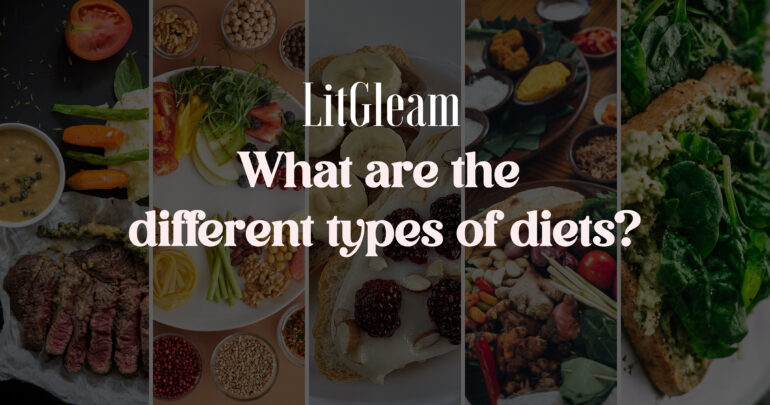Food, food everywhere not a bite to eat… not trying to be dramatic but due to some restrictions and health conditions, many cannot satisfy their food cravings. Different diets are analysed, experimented and structured according to various needs, and to maintain balance in mental and physical health and lifestyle. Team LitGleam, keeping in mind the necessities of health freaks, has curated a list of different types of diets and their pros and cons to help you figure out what is best suited for you.
- Vegan diet
- Keto diet
- Mediterranean diet
- Paleo diet
- Gluten-free diet
- HCG diet
- Intermittent fasting
- Low sodium diet
- Vegan diet
A vegan diet emphasises an ecologically conscious way of life by excluding all animal products from one’s diet. This diet’s mainstays are fruits, vegetables, grains, legumes, nuts, and seeds, which offer a wide range of vital elements. Animal sources of protein are replaced by plant-based alternatives such as tempeh, tofu, lentils, and beans. Complex carbs are found in whole grains like quinoa and brown rice, and vitamins and antioxidants are found in a wide range of vibrant fruits and vegetables. Nuts and seeds offer good fats.
Vegans frequently use nutritional yeast or fortified foods to obtain vital nutrients like vitamin B12. They rely on plant-based substitutes for dairy products, such as almond or soy milk. The vegan diet is linked to several health advantages, such as decreased risks of heart disease and several types of cancer. It also supports sustainability and is ethically and environmentally sound because it minimises the use of animals for food.
Pros:
- Reduce the chances of heart problems.
- Promotes environmental sustainability.
- Against animal cruelty.
Cons:
- Might result in vitamin deficiency.
- Lack of vegetarian-friendly options.
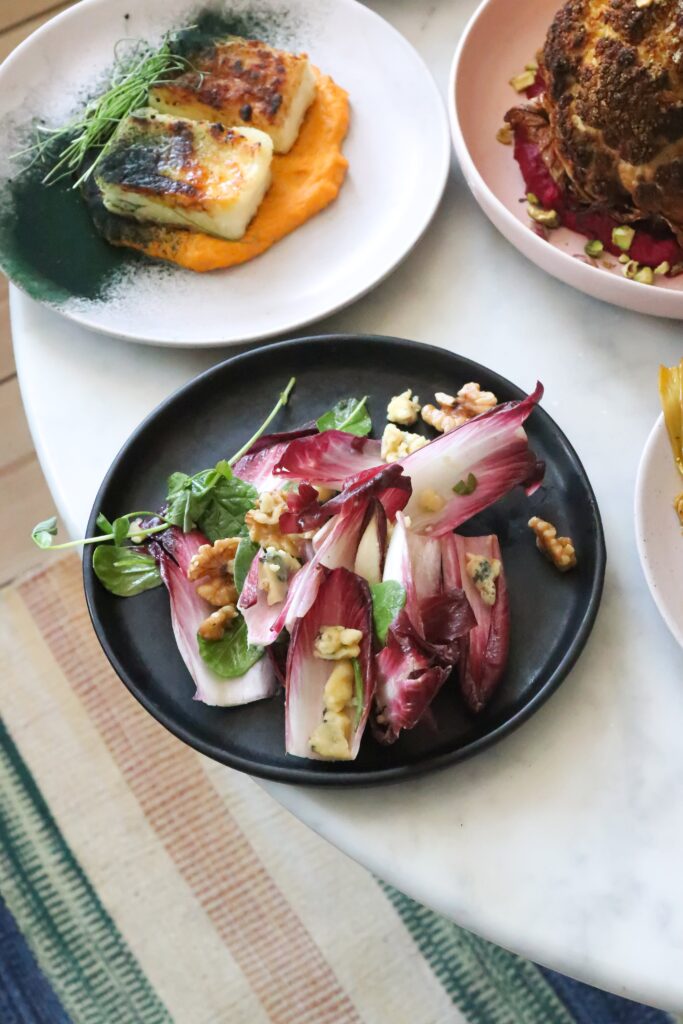
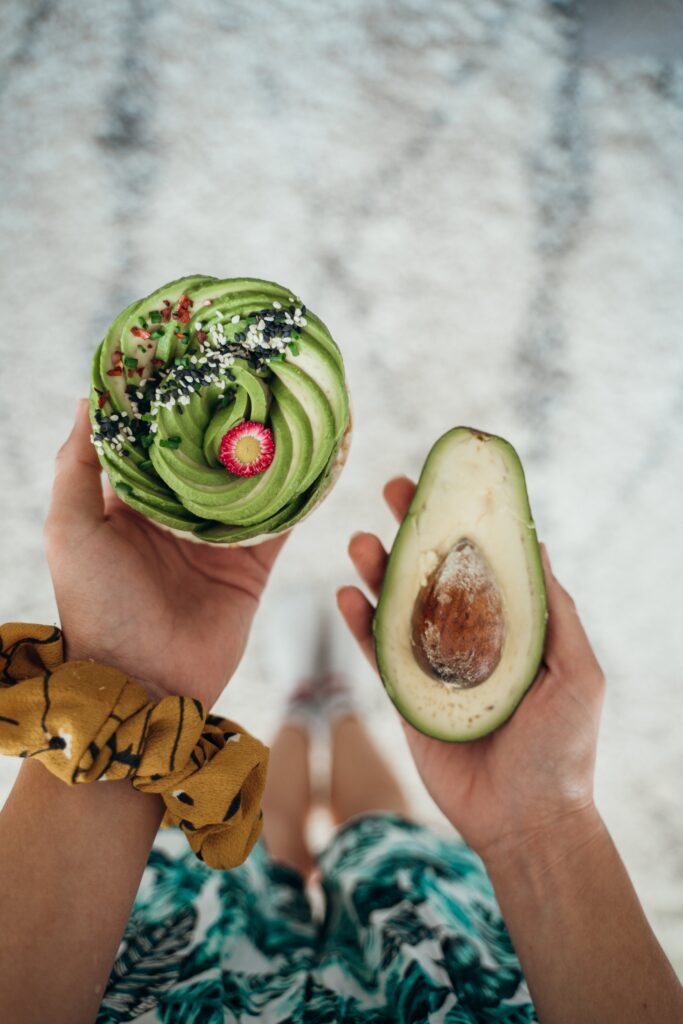
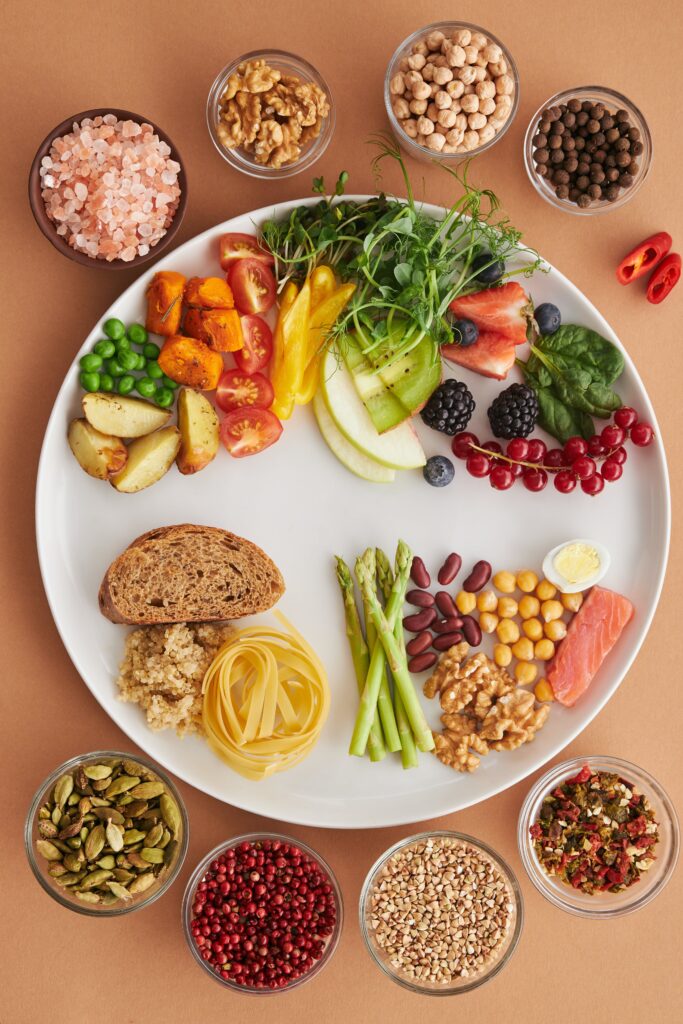
- Keto diet
The goal of the keto diet, also known as the ketogenic diet, is to induce ketosis—a metabolic state in which the body burns fat for energy—by following a low-carb, high-fat eating plan. People usually restrict their daily carbohydrate consumption to 20–50 g, preferring to consume fats and modest amounts of protein to stay in ketosis. Nuts, olive oil, avocados, and other foods high in good fats are staples.
Sources of protein include fish, chicken, and meat. Leafy greens and other non-starchy vegetables are recommended, whereas high-carb meals like grains and sweets should be consumed in moderation. Dairy products can be included; however, their carbohydrate level should be checked. The intention is to encourage fat loss by getting the body to use ketones instead of glucose.
Pros:
- Rapid weight reduction.
- Reduced consumption of processed foods and sweets.
- Beneficial in a few specific medical conditions.
Cons:
- Adverse side effects during the early stage (keto flu).
- Restricts consumption of nutrient-rich foods, such as whole grains and fruits.
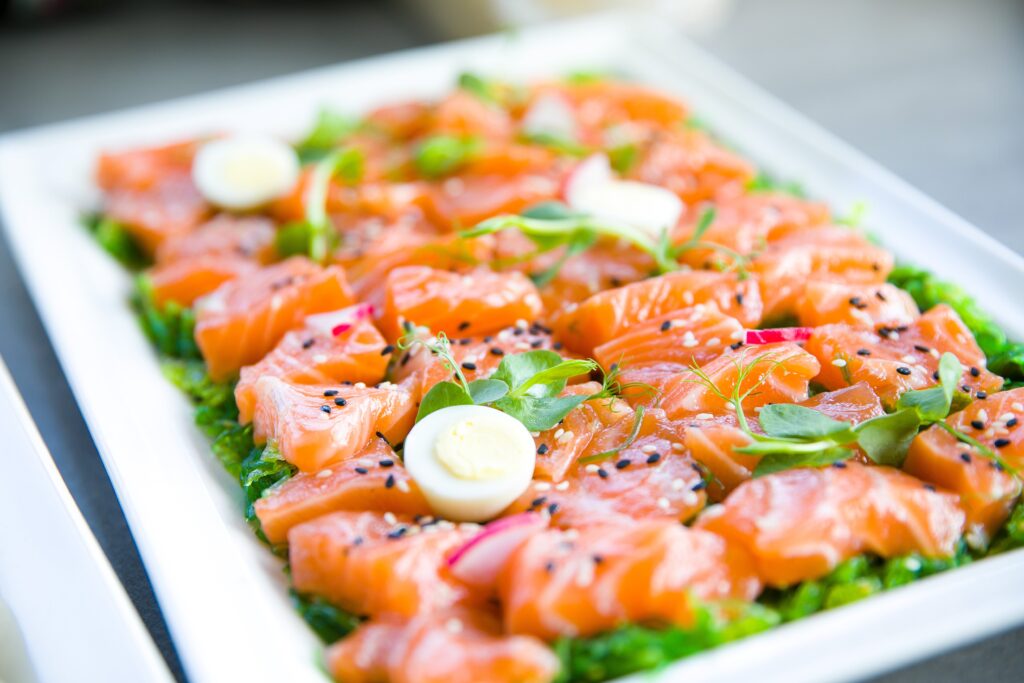
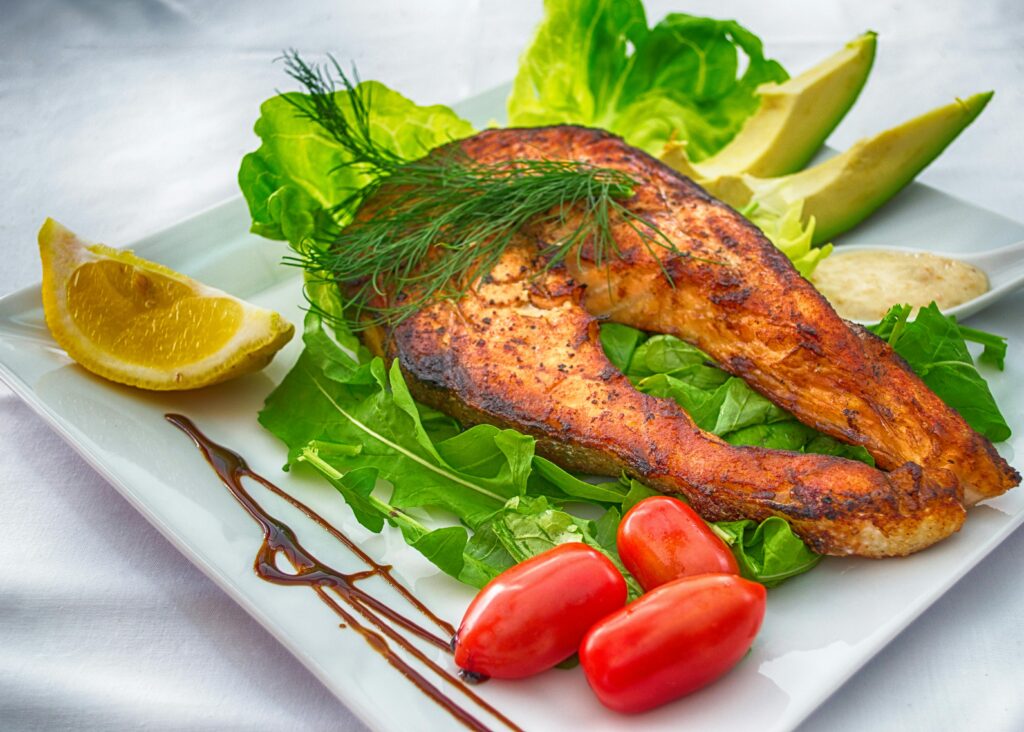
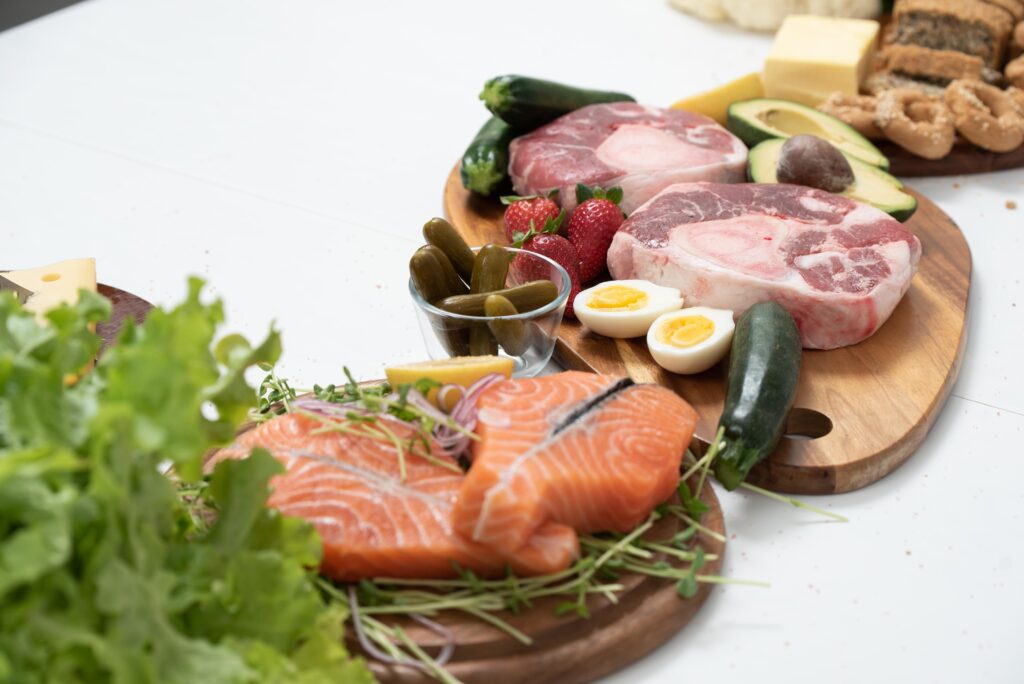
- Mediterranean diet
The customary eating patterns of those residing in the Mediterranean region served as the model for the Mediterranean Diet, a nutritional regimen. To promote health and longevity, it emphasises consuming a varied and well-balanced diet of fresh, whole foods. A wide range of fruits and vegetables are included in the diet, which provides important vitamins, minerals, and antioxidants. Whole grains are essentials that help provide long-lasting energy, such as quinoa and brown rice. An essential component of this diet is heart-healthy fats, especially olive oil’
A well-rounded nutritional profile is achieved by consuming moderate amounts of dairy products and lean proteins like fish and chicken. Legumes, nuts, and seeds enhance meals with protein and fibre. When flavouring, herbs and spices are preferred over salt, which lowers sodium intake. When drunk in moderation, red wine is a distinguishing trait and is thought to have heart health advantages. This dietary strategy is well known for being linked to lower risks of diabetes, heart disease, and some types of cancer. Adopting a Mediterranean diet promotes social interactions, eating satisfaction, and a holistic approach to health, in addition to supporting physical well-being.
Pros:
- Antioxidant-rich meals that are full of flavour and diverse ingredients.
- Improves cardiovascular health.
Cons:
- Shifts in eating habits might be stressful for some.
- Quality ingredients like olive oil and fresh produce might be expensive for some.
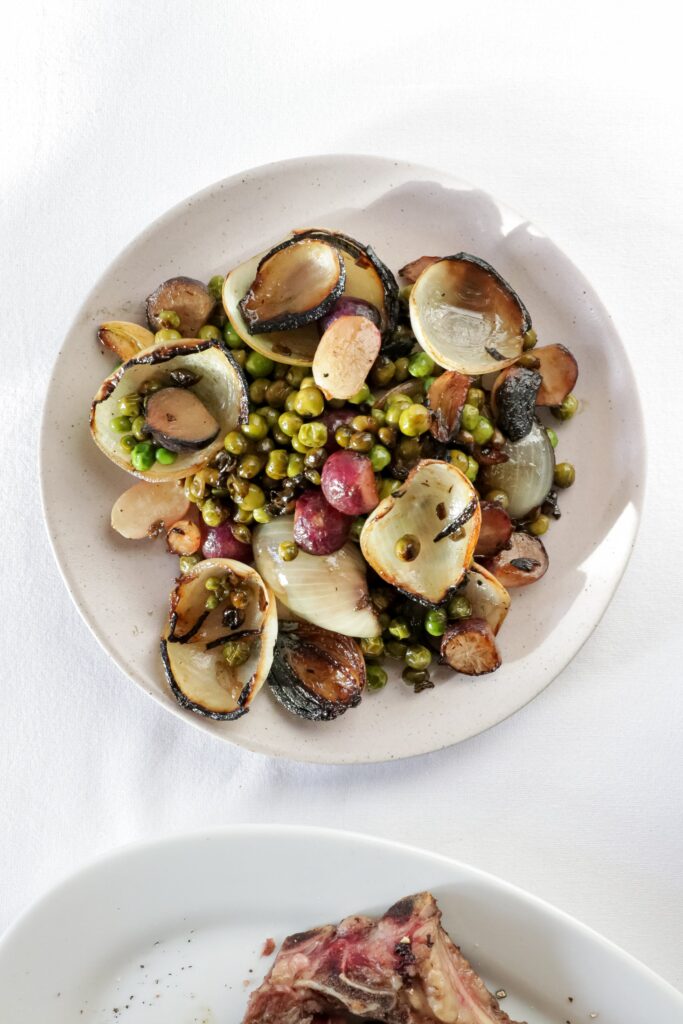
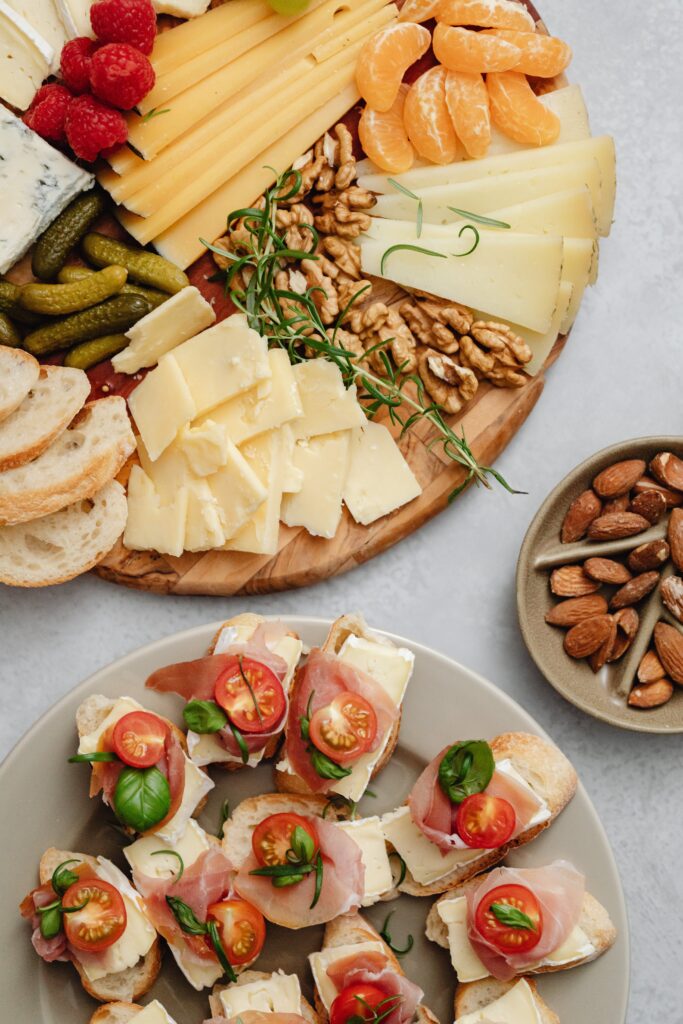
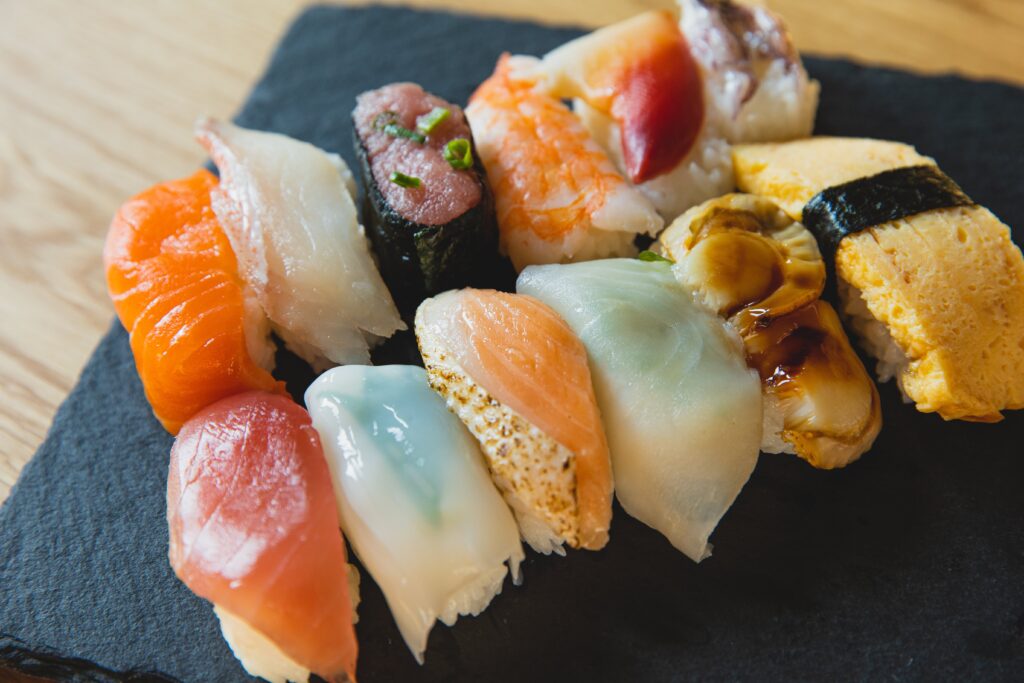
- Paleo diet
The Paleo Diet, also known as the Palaeolithic Diet, imitates the food habits of our extinct hunter-gatherers. It excludes grains, legumes, dairy products, and processed foods in favour of whole, unprocessed foods. Lean meats, fish, poultry, eggs, fruits, and non-starchy vegetables are the cornerstones of the Paleo diet. Nuts, seeds, avocados, and olive oil are good sources of healthy fats.
Refined oils and processed sweets are to be avoided on this diet. Complex carbohydrates are found in foods like sweet potatoes and root vegetables, and important elements and lipids are found in nuts and seeds. Generally, grains are swapped out for substitutes like cauliflower rice or almond flour, and dairy is avoided. It is thought that focusing on natural, nutrient-dense foods may improve general health, help with weight management, and lower inflammation.
Pros:
- Emphasises natural, unprocessed meals.
- Improves blood sugar regulation and leads to weight loss.
Cons:
- Limits intake of grains, legumes, and dairy products, which may result in nutrient deficits.
- It might be expensive for some, as organic and grass-fed products are costly.
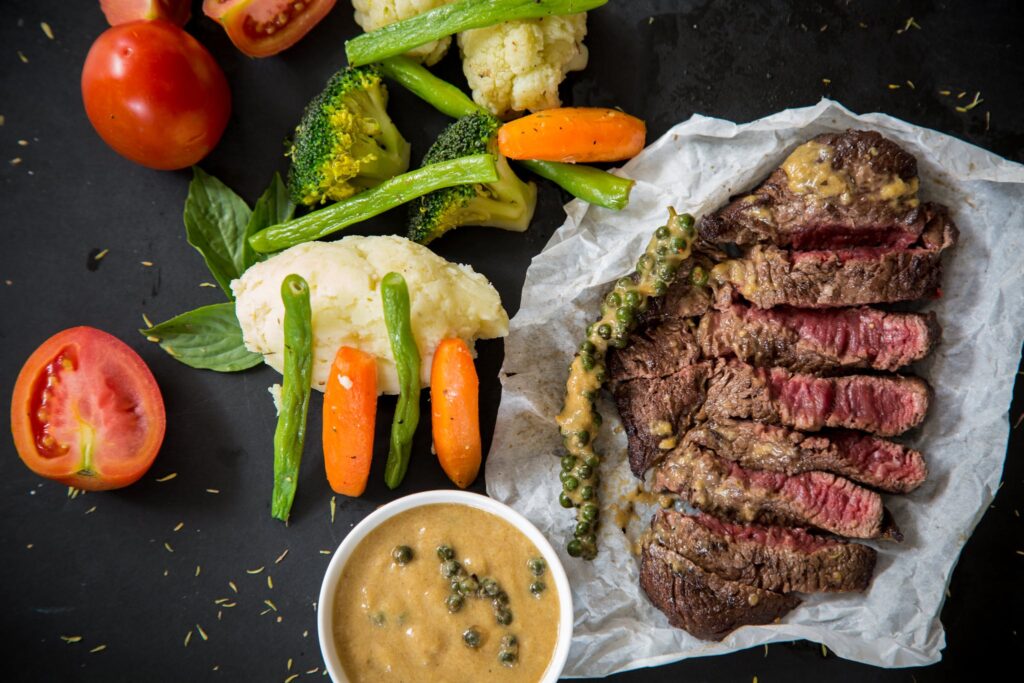

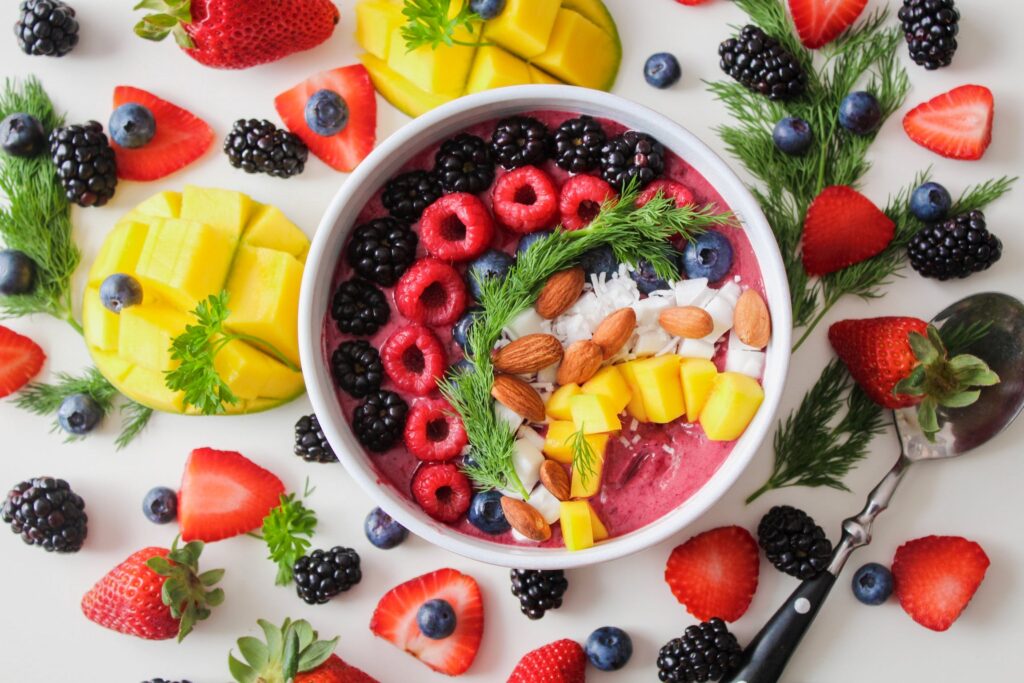
- Gluten-free diet
Avoiding gluten, a protein present in wheat, barley, rye, and their derivatives, is the goal of a gluten-free diet. For people with gluten-related conditions such as celiac disease or gluten sensitivity, this dietary decision is essential. Naturally, gluten-free grains, including corn, rice, quinoa, fruits, vegetables, nuts, and seeds, are examples of gluten-free foods. Generally speaking, gluten-free proteins come from foods including meat, fish, eggs, and lentils.
Plain yoghurt, dairy products, and the majority of cheeses are safe, but it’s important to read labels carefully for additions. In baking, gluten-free substitutes such as rice flour, almond flour, and gluten-free oats are frequently used. Despite the dietary limitations, many naturally gluten-free foods are accessible, and many gluten-free items can be found to satisfy the needs or preferences of those with particular health conditions.
Pros:
- Advantageous for those with celiac disease or gluten sensitivity.
- It helps improve the symptoms of gluten sensitivity.
Cons:
- Restricting certain grains may result in lower fibre and nutrient intake.
- There are limited gluten-free options.
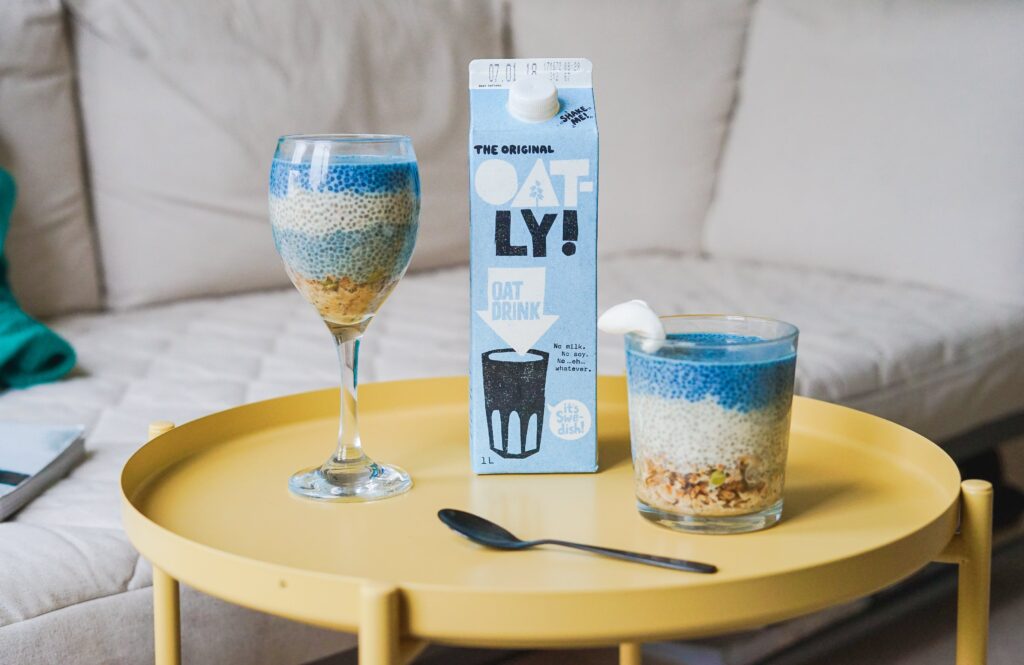
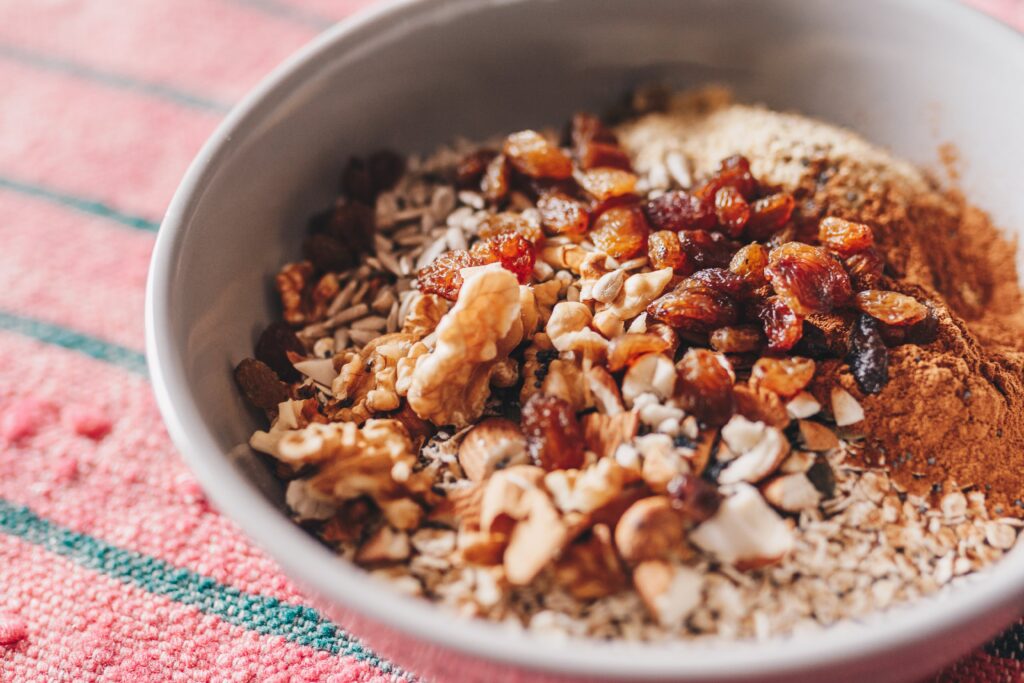

- HCG diet
The Human Chorionic Gonadotropin (HCG) Diet is a weight-loss regimen that mixes HCG hormone injections or supplements with an extremely low-calorie diet. There are usually two primary phases to the diet. During the first phase, participants follow a 500–800 calorie restricted diet that primarily consists of lean proteins (fish and chicken), non-starchy vegetables, and limited amounts of fruits.
The low-calorie diet is maintained during the second phase, but HCG ingestion is stopped. The goal of this phase, which usually lasts a few weeks, is to stabilise weight and reset metabolism. Certain fats, sugars, and carbohydrates are off-limits in the diet. While some people on the HCG diet report losing weight quickly, detractors contend that the hormone’s primary cause is the diet’s low-calorie intake.
Pros:
- Quick weight loss in the low-calorie phase.
- Structured diet phases are helpful in diet planning.
Cons:
- Side effects like depression, headaches, and fatigue are experienced.
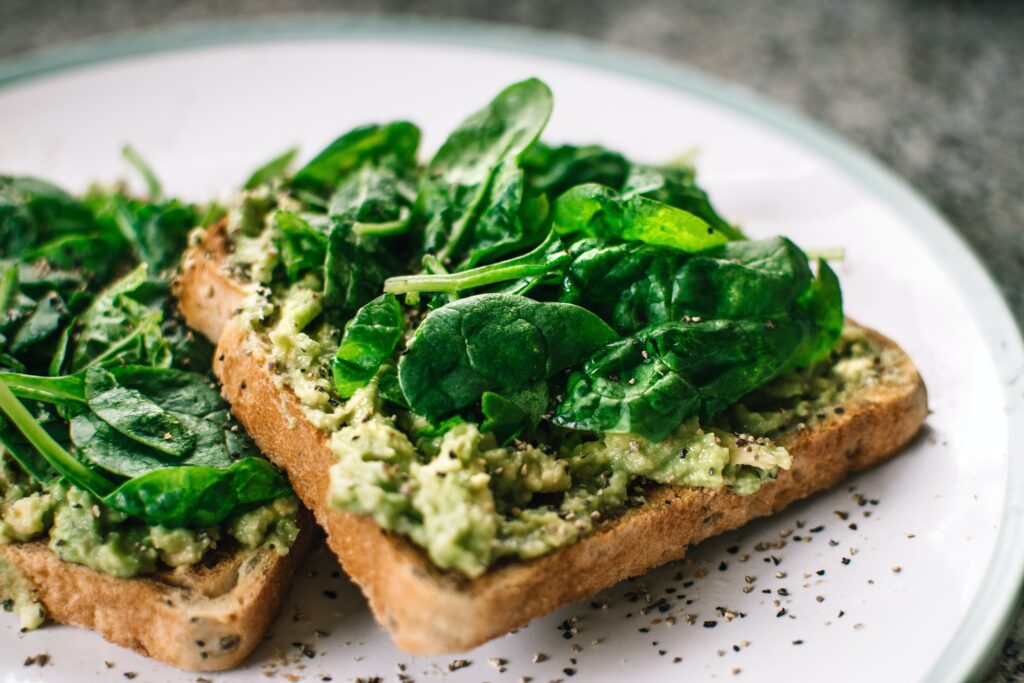

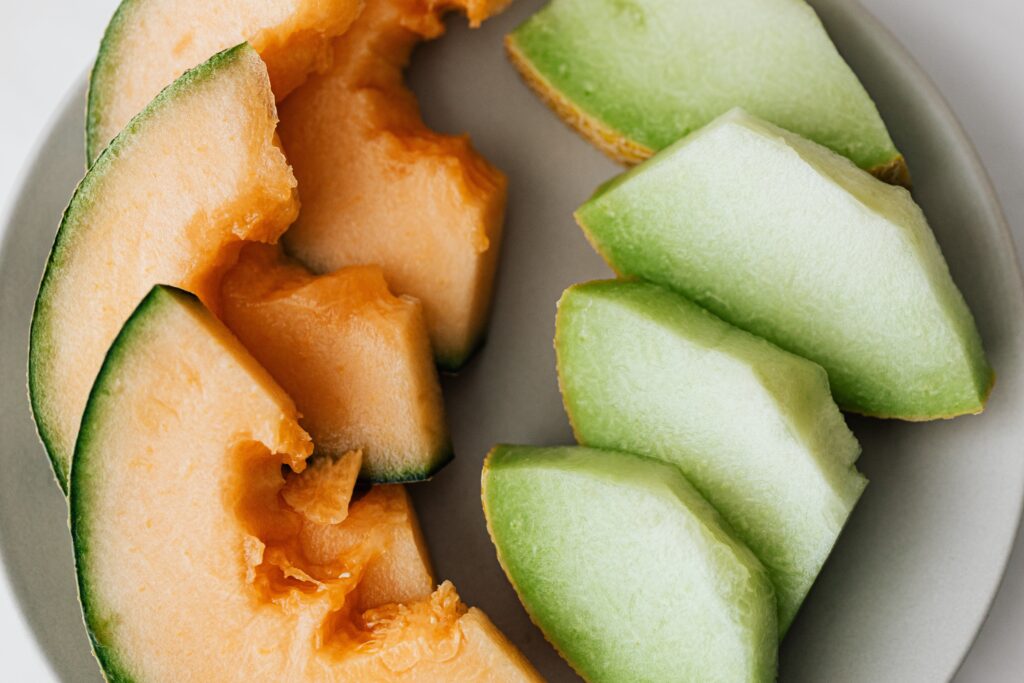
- Intermittent fasting
The eating pattern known as intermittent fasting (IF) alternates between times when one eats and when one fasts. There are several approaches, the most well-known of which is the 16/8 technique, which calls for a daily 16-hour fast followed by an 8-hour eating window. Only unsweetened tea, black coffee, or water is permitted during fasting periods.
Whole foods that are high in nutrients are the focus when it comes to eating. A variety of vegetables, complete grains, lean proteins (such as chicken, fish, or tofu), and healthy fats (from avocados or olive oil) should all be included in meals. A balanced, healthful approach to nutrition is crucial, even though some people choose to adhere to particular diets during their eating windows, such as the Paleo or Mediterranean diets.
Pros:
- Helps lose weight in the long run and improves metabolism.
- Simplifies meal planning.
Cons:
- Experiencing Fatigue, irritability, and trouble concentrating during initial phases.
- Possibility of overindulging when not fasting.
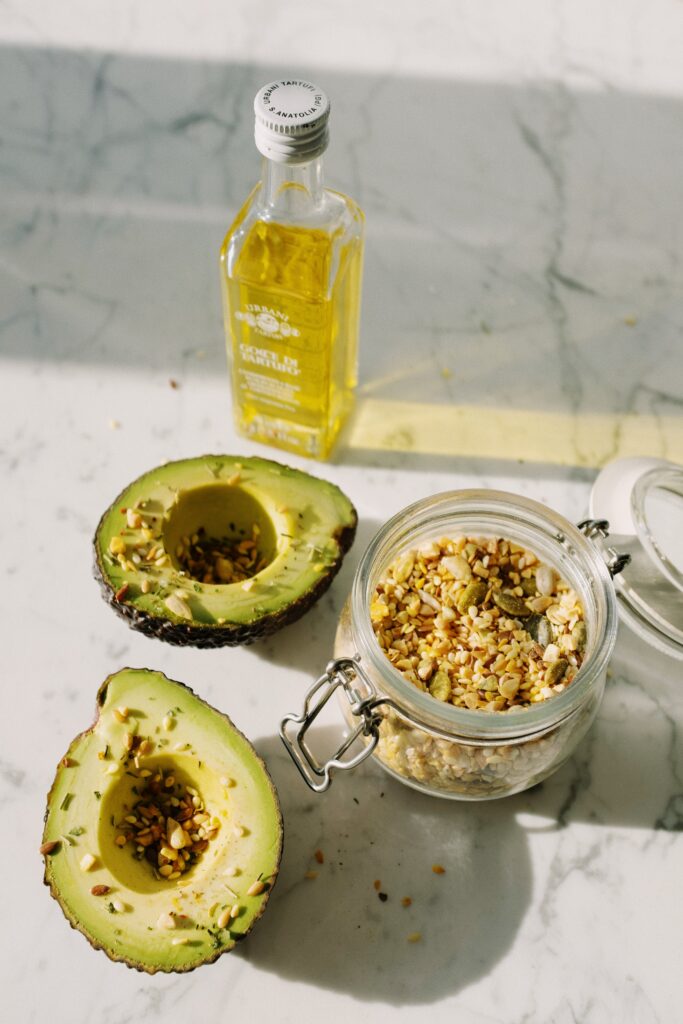
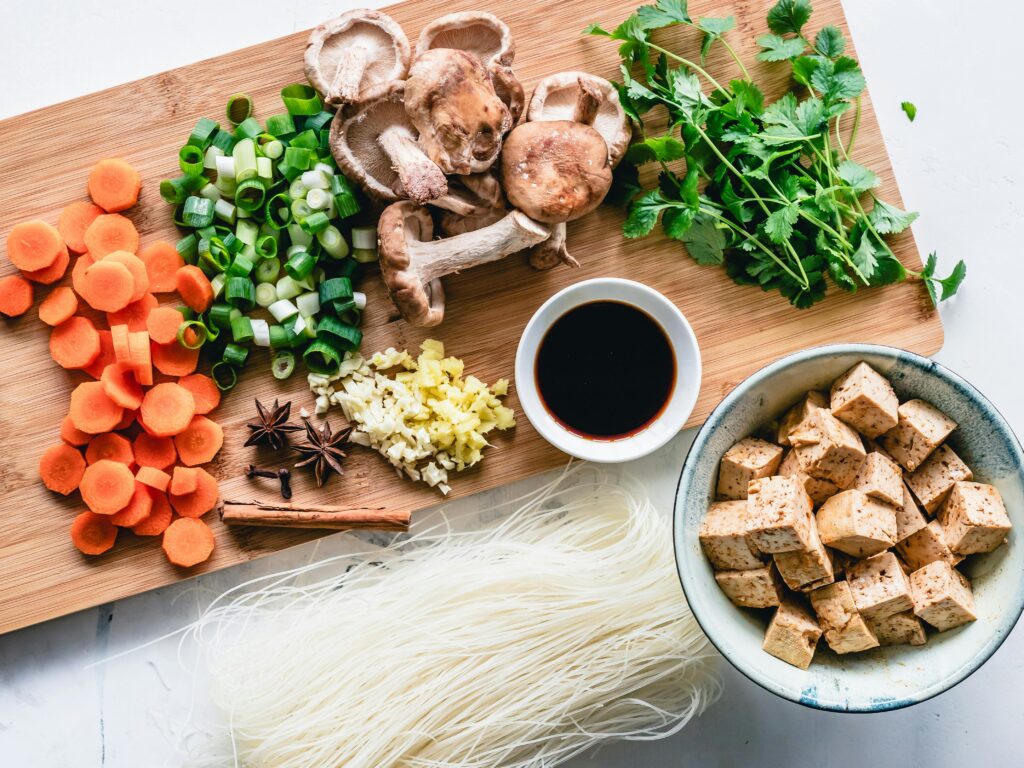
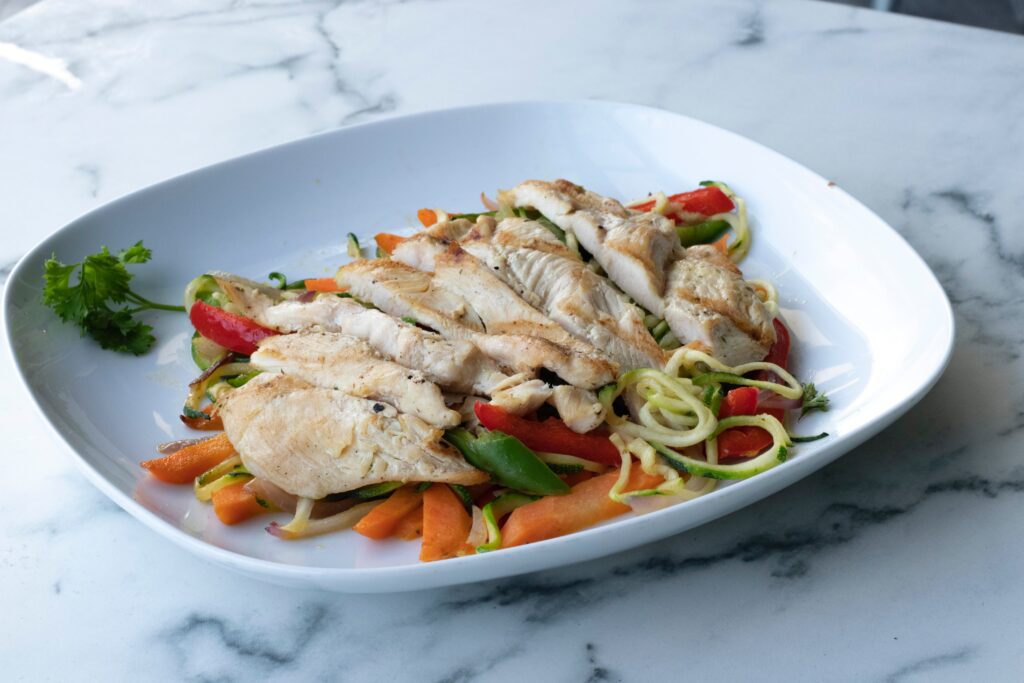
- Low sodium diet
The goal of a low-sodium diet is to ingest less sodium, a mineral that can aggravate cardiovascular disease and raise blood pressure when taken in excess. Fresh, whole foods are the main focus of the diet, with less processed and salty food. Fresh fruits and vegetables, as well as lean meats like fish and chicken, are essential ingredients. Bananas, oranges, and leafy greens are among the foods high in potassium that are recommended because potassium helps regulate sodium levels.
Nuts, seeds, and whole grains offer vital nutrients without the added sodium that comes in a lot of processed foods. Salt is not the only seasoning option; you can also add herbs, spices, and citrus tastes. It’s critical to consume fewer canned items, processed snacks, and pre-packaged meals. A low-sodium diet promotes heart health and aids in the maintenance of a healthy, balanced eating schedule.
Pros:
- Low-sodium consumption can improve cardiovascular health and help lower blood pressure.
- Reduces strain on the kidneys, advantageous for kidney disease patients.
Cons:
- Food may taste flavourless.
- Avoiding processed foods as convenience foods are high in salt.

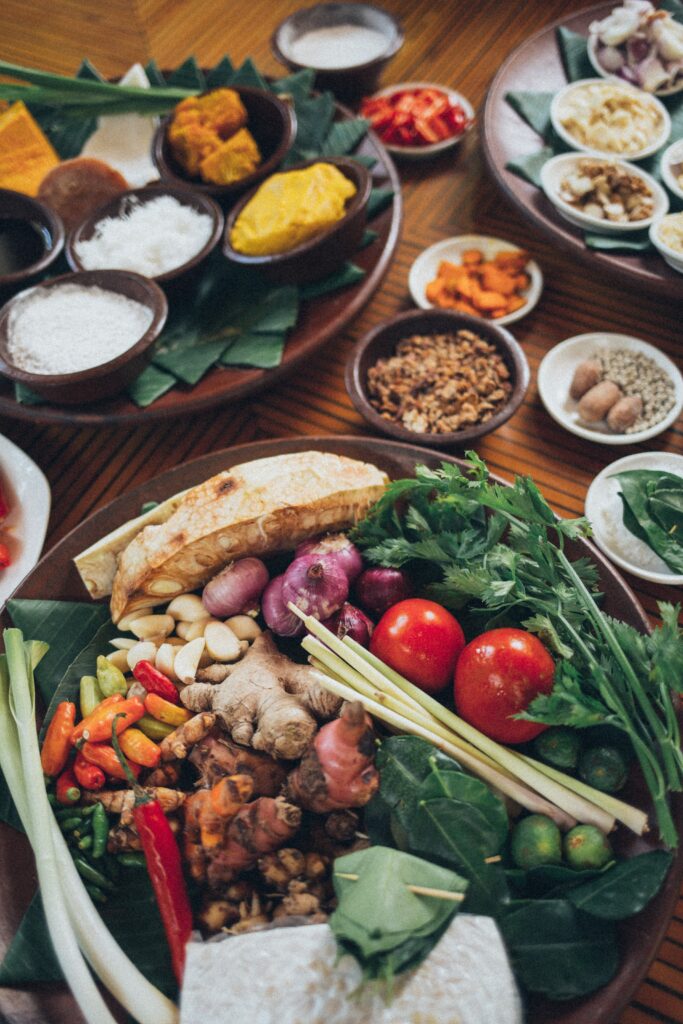
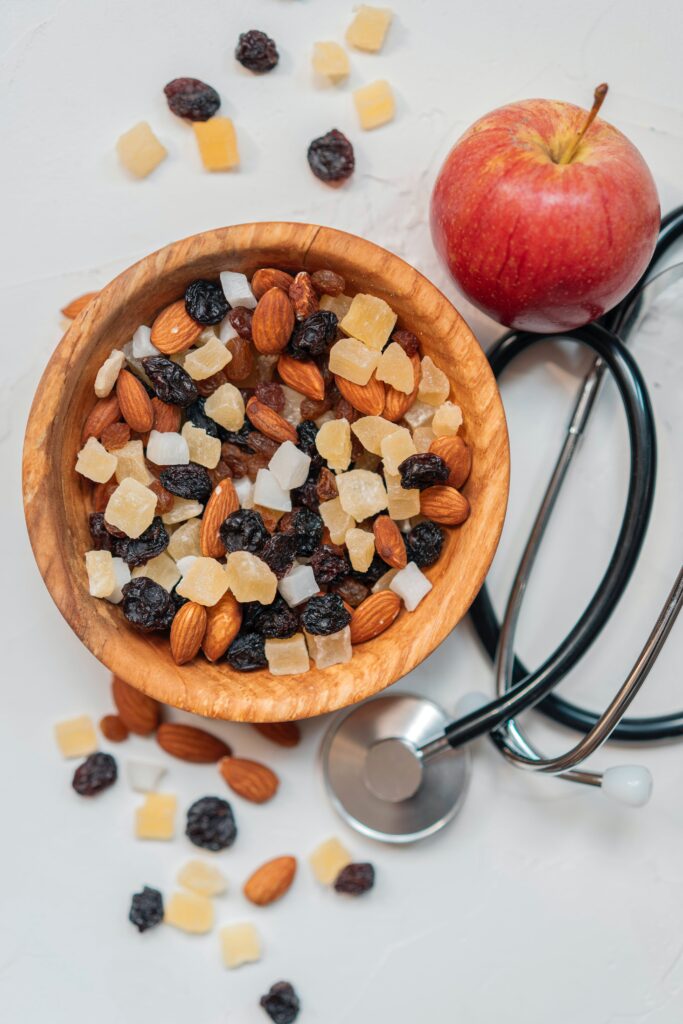
CONCLUSION
The power to change mentally, physically, and spiritually lies in what type of food you are consuming. As it is said, “What you eat is who you are”, try to find a suitable diet full of all the nutrients your body demands, keeping in mind the pros and cons. Before making any crucial changes in your diet, don’t forget to consult your nutritionist for customised advice. Make nutritional decisions with awareness and mindfulness; taking care of your individual needs.


